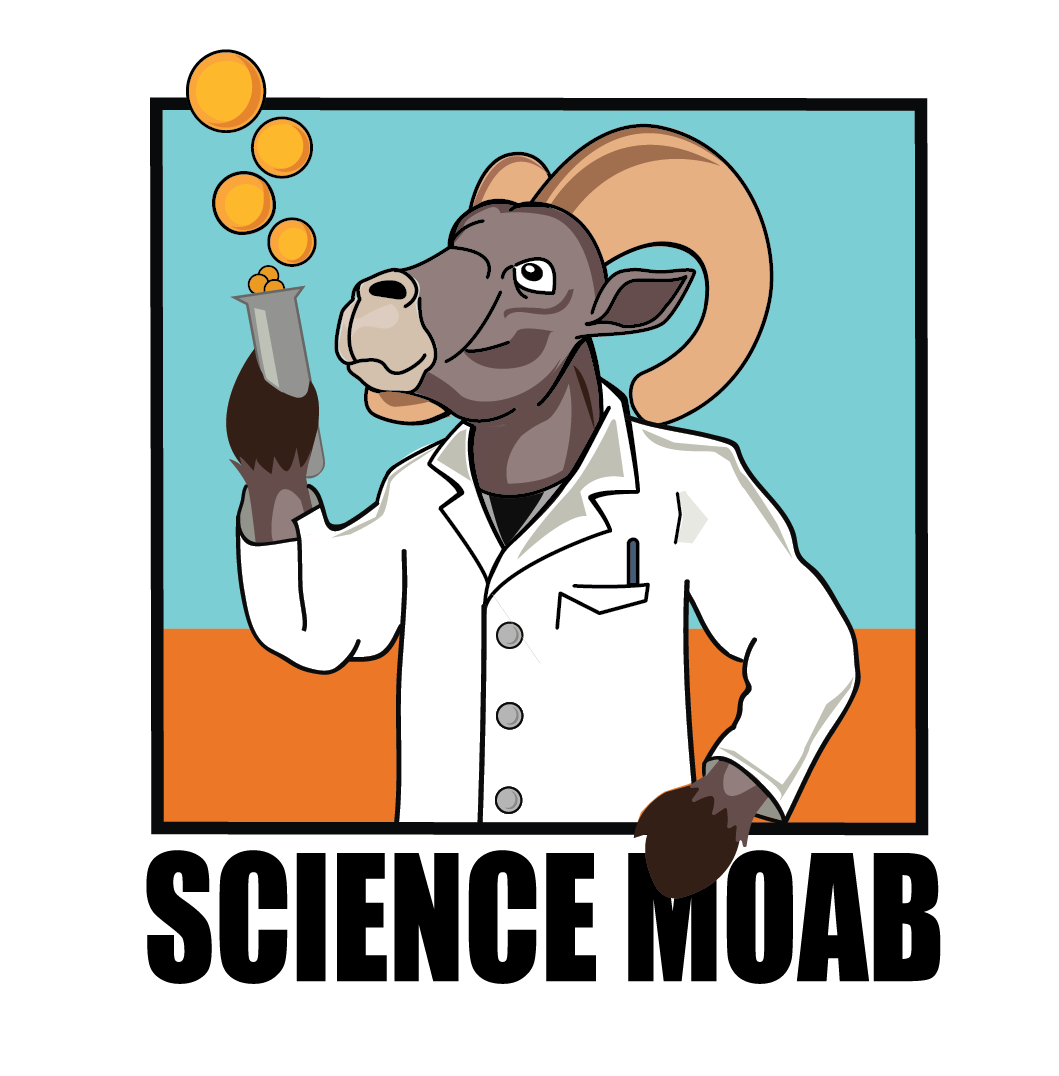Some information may be outdated.
Indigenous rock art and cultural artifacts are common around Moab. Through studying the art left behind on the landscape, Elizabeth Hora-Cook tells Science Moab how she tries to understand what society may have been like for the Fremont, an Indigenous group that lived in Utah 2,000-700 years ago.
Science Moab: When and where did the Fremont society live?
Hora-Cook: The Fremont people were a semi-agricultural, semi-nomadic society that existed over most of Utah from around 0 A.D. to about 1300 A.D. What we call “Fremont” is a material culture with certain traits, certain kinds of artifacts and certain kinds of buildings. We see these clues extending from the Colorado Plateau near Moab to north to the Wyoming basin and then as far west as Nevada. A lot of my work comes out of Dinosaur National Monument and the Uinta Basin over in the northeastern part of the state.
Science Moab: You recognize Fremont society by its material culture. Could you give some descriptions of what that looks like?
Hora-Cook: The Fremont were farmers, but they were also foragers, hunters and gatherers. On the farming end, the big bold stuff we see on the landscape are things like pit houses. These are dug out, semi-subterranean huts in the ground, dug in a few feet down and then thatched on top with a structure of logs and branches. Then on top of that, you pack on smaller branches and mud. It’s really energy-efficient and great for all seasons. If you were a Fremont person who was hunting and gathering, you might just use something like a rock alcove, usually along streams and rivers.
Science Moab: Could you describe what Fremont rock art looks like?
Hora-Cook: If you’ve never seen Fremont rock art in person, you might have seen it just by being exposed to popular culture. There’s a lot of images of Fremont rock art that make it onto things like the History Channel and magazines because some of it is so incredible. On these rock faces around the state of Utah, there is a really dark patina that can sometimes be black or bluish-black. When you take a rock and you chip away at the surface, the natural color of the rock pops through very brightly. People would use this pecking technique to create an image as well as using really brilliant colored paints. The only paint that really lasts through time is this red ochre that we find a lot around here. If you think about a rock art panel like the Great Gallery [located in Horseshoe Canyon, Canyonlands National Park – ed.], it has huge looming ghostlike figures that look like stretched-out people. They’ve got these glowing eyes inside red faces and that red really stands out, but there could have been many other colors. So, when we look at rock art it’s important to keep in mind that 1000 years ago it might have looked really bright and colorful and something that you could see from a mile away.
Science Moab: You said you see rock art kind of as a type of billboard? What do you mean by that?
Hora-Cook: It’s something that is perhaps going to be widely recognizable to people across the landscape. Fremont people roving around need some kind of common language and a common suite of symbols and elements, things that are going to be recognizable to them so that when they go into a new area, they know what’s going on and they know where they are. Rock art could have served that function because we do see, across the Fremont world, the same sorts of images repeated again and again such as people with bighorn headdresses and spirals or migration patterns. I can’t claim to be able to read it or know what story each individual rock art panel is telling us, but I do know that whoever was looking at it was supposed to know what it means. Whether they come from the Uinta Basin or from the Sevier Valley, there are those familiar patterns.
This interview has been edited for length and clarity. To learn more and listen to the rest of the interview, visit www.sciencemoab.org/radio/
Science Moab speaks with Elizabeth Hora-Cook about the lives of the Fremont people
Appreciate the coverage? Help keep local news alive.
Chip in to support the Moab Sun News.





